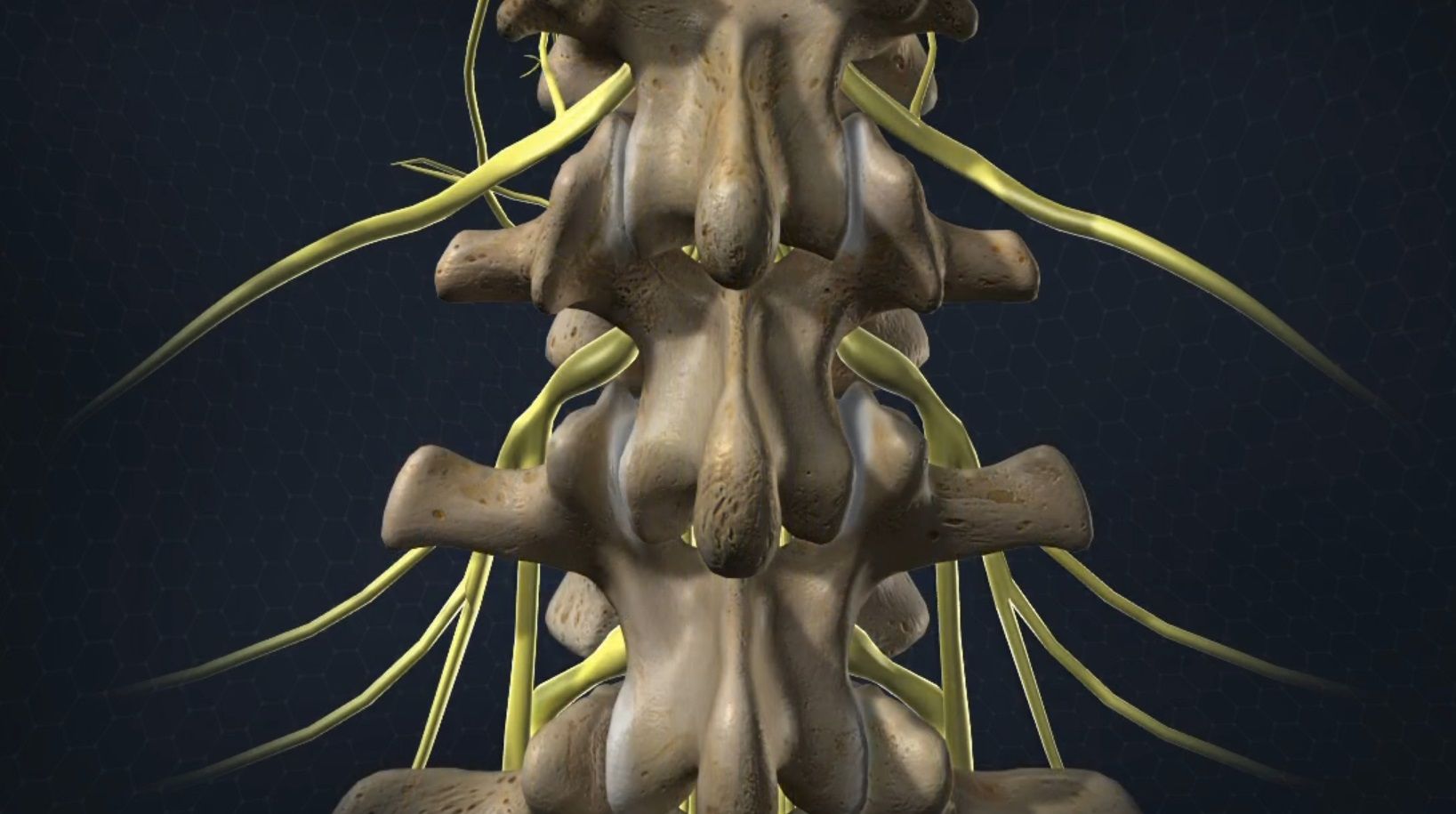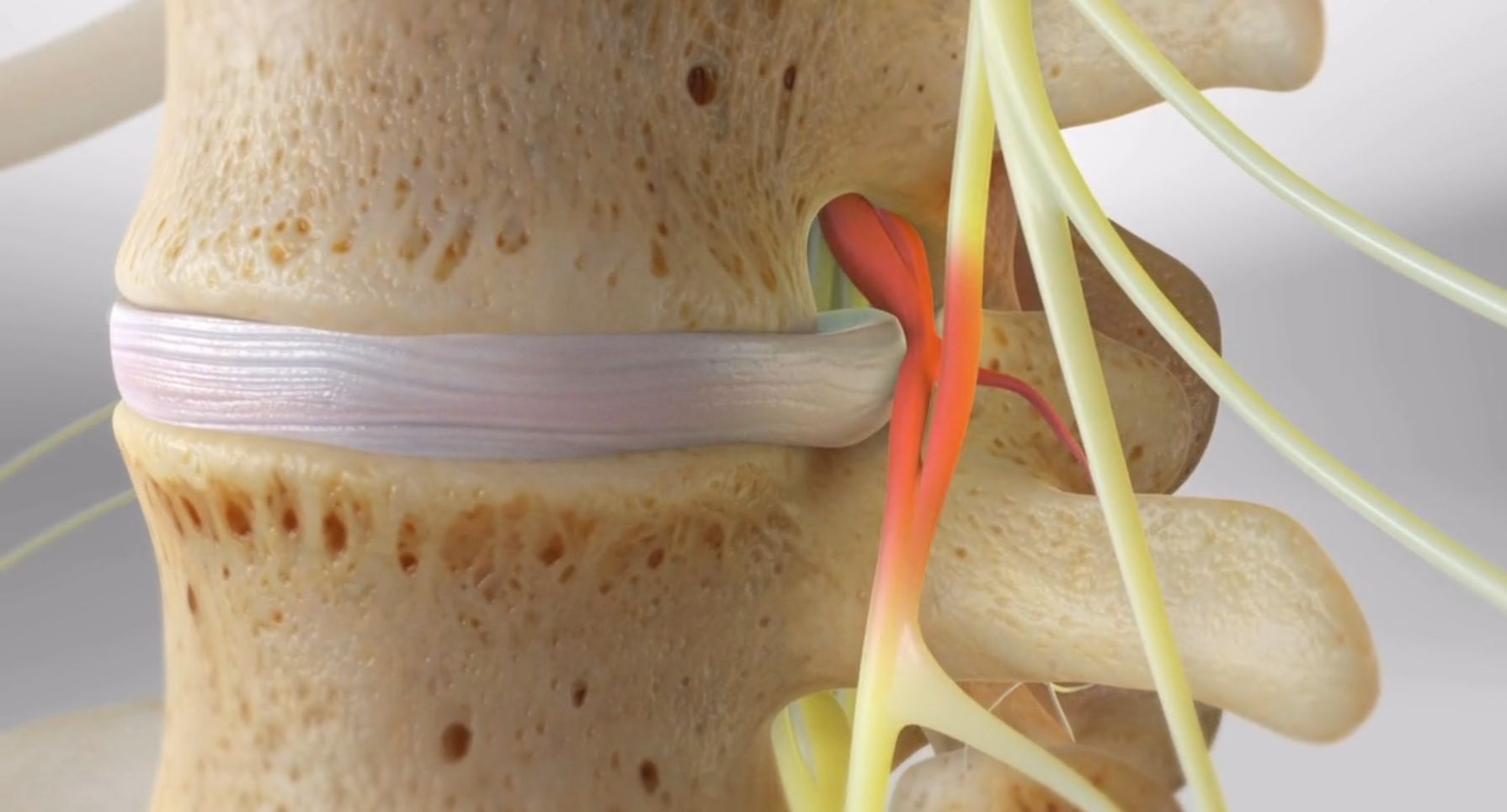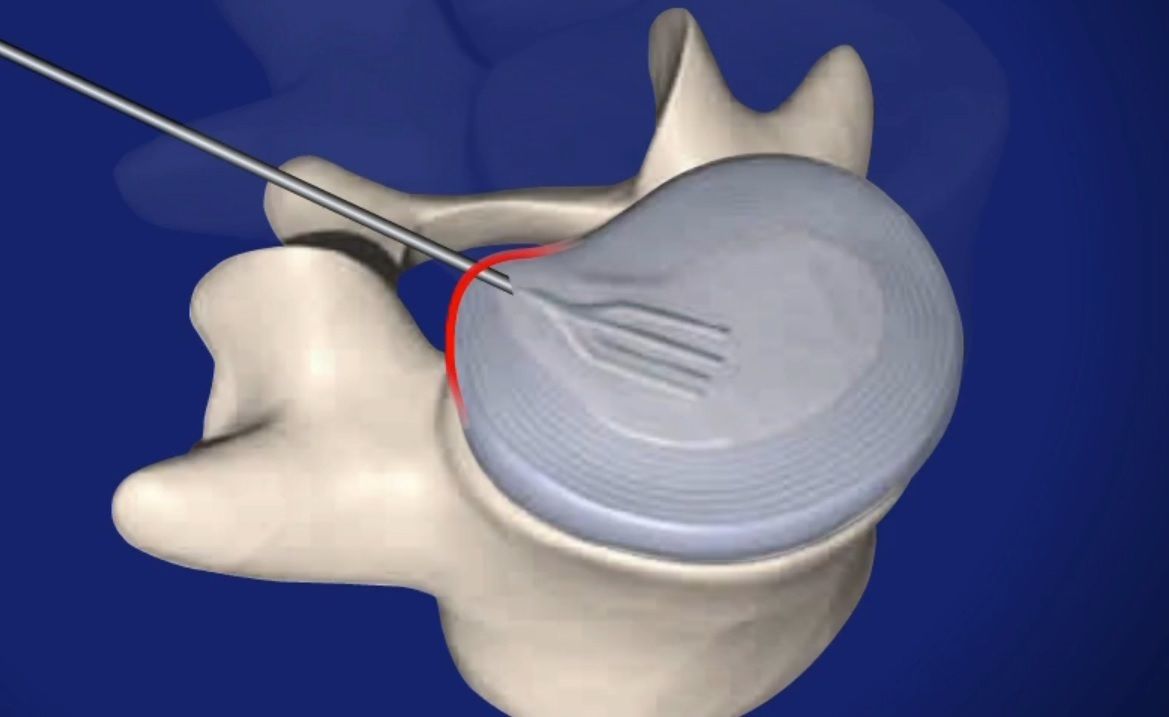Laminectomy
This procedure relieves pressure on the nerve roots in the spine. It is most commonly performed to relieve the pain of stenosis. This is a narrowing of the spinal canal that is often caused by the formation of bony growths that can press against the nerve roots. The surgeon may treat one or more vertebrae.
Laminectomy
Laminectomy
Overview
A laminectomy procedure relieves pressure on the nerve roots in the spine, usually caused by stenosis. The surgery removes the “back” of the spinal canal at the affected vertebra, providing more room for the nerves to flow without compression.
Removing the Spinous Process
The surgeon makes an incision in your back to access the spine. The surgeon identifies the involved vertebra and removes its spinous process (bony protrusion that sticks out from the rear of the vertebra).
Removing the Lamina
The surgeon next removes the lamina, the part of each vertebra that forms the rear portion of the spinal canal. This removal opens up the spinal canal and creates more space for the nerves. The surgeon may need to remove the lamina from more than one vertebra.
Clearing Bony Growths
The surgeon may also need to treat the foramina. These are the openings on the sides of the vertebrae where nerve roots exit the spinal canal. The foramina may also cause nerve compression due to excess bony growth that the surgeon will clear away. This will allow a wider, smoother opening for the nerve roots.
End of Procedure
When the procedure is complete, the incision is closed with stitches or staples. Physical therapy is usually required.
Revised from www.viewmedica.com © Swarm Interactive. Unauthorized duplication is strictly forbidden.
- Category / Surgery




